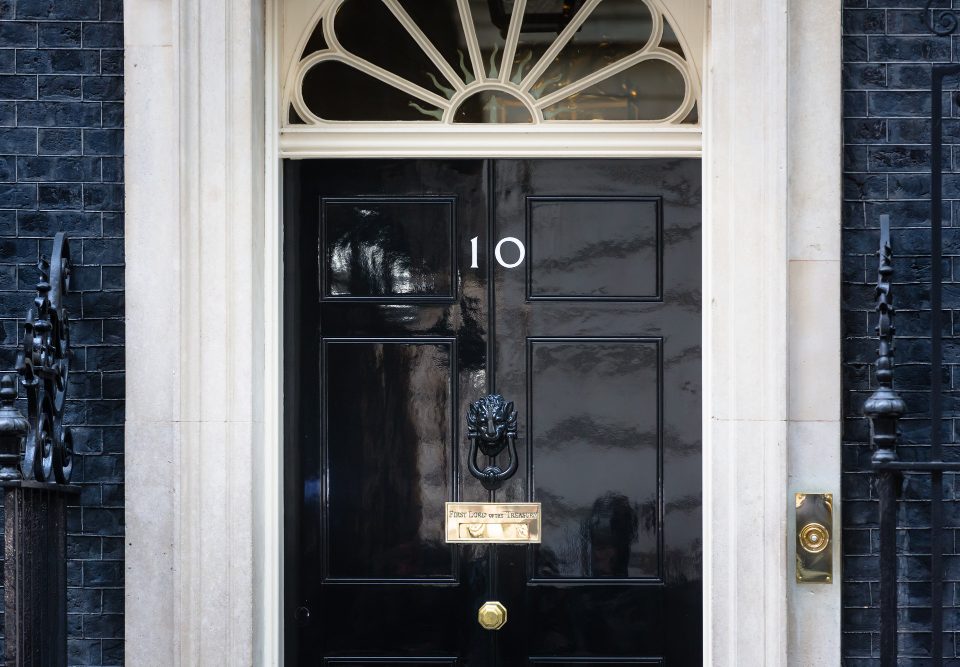At the best of times, tax can be tricky to get your head round – whether it’s the self-assessment, business expenses or the many UK tax codes, each of which have different implications.
So, getting right to it – and to provide you with the information you’re likely looking for – here it is, a simple guide to UK tax codes, to help you understand what yours means.
What Is a Tax Code?
A tax code is a combination of numbers and letters given to you to show HMRC how much Income Tax and National Insurance you should be paying.
A tax code shows the amount of tax-free income an employee should receive in a single tax year also known as their personal allowance. Anything earned above this amount is taxable.
Who Receives a Tax Code?
Anyone employed or paid via PAYE will be given a tax code by their employer via HMRC, which will be shown on their payslip. In contrast, sole traders don’t have a tax code because they don’t pay themselves through PAYE.
A List of Tax Codes and what they mean
There are a number of UK tax codes, each of which mean something different. Here they are at a glance:
- L: You’re entitled to the standard tax-free Personal Allowance (£12,570 for 2024/25)
- M: You’ve received 10% of your partner’s Personal Allowance
- N: You’ve transferred 10% of your Personal Allowance to your partner
- T: Your tax code includes other calculations to determine your Personal Allowance
- 0T: Your Personal Allowance has been used or you’ve started a new job and your employer doesn’t have the details they need
- BR: All income from this job is taxed at the basic rate of Income Tax (20%)
- D0: All income from this job is taxed at the higher rate of Income Tax (40%)
- D1: All income from this job is taxed at the additional rate of Income Tax (45%)
- NT: You’re not paying any tax on this income
- S: Your tax is based on rates in Scotland
- C: Your tax is based on rates in Wales
K Tax Code Explained
Sometimes, workers who get benefits from their employers will be placed on what is known as a K tax code.
What is a K tax code?
A K tax code means that you owe the tax man from the last tax year and you owe them more than your tax-free personal allowance, which is £12,750 for most people. Providing you with a K code means that HMRC is able to collect the tax owed from the previous year, in this tax year. This is done by inflating your current year income, for tax calculation purposes.
Why you may have a K tax code
There are a couple of reasons.
It could be because you’ve got a company car, which means you’ll need to pay some ‘Benefit-in-Kind’ tax. Or, your employer might pay for your accommodation, or you could get medical insurance as a benefit. These benefits (and there are a fair few!) are taxable. Also, it may be your state pension or tax owed in previous years was greater than your personal allowance.
K tax code example
Here’s how a K tax code works, in simple terms:
- Let’s say you were on the 1257L tax code (meaning you receive the full personal allowance of £12,570).
- You receive a company car, with the Benefit-in-Kind on this totting up to £22,000.
- HMRC deducts £22,000 from your personal allowance (£12,570), leaving you with minus £9,430.
- Because you owe HMRC tax (£9,430), your tax code will be K943.
- The £9,430 will be added to your taxable pay by your employer every month in equal instalments of £785.83 per month (£9,430/12), meaning you pay more tax each month than the income that you actually receive.
How much tax will you pay on a K tax code?
It’s simple, just check your payslip. The K tax code has a number after it. Let’s say yours is K200. Times that number by ten (£2000) and that’s what you owe HMRC. The taxman then adds that £2000 to your taxable income. So if you normally earn £26,000, HMRC will work on the basis that you’ve earned £28,000 that year. Then, the extra £2000 is taken in equal instalments across the tax year, alongside your normal tax payments.
How to change your K tax code
You’ll need to get in touch with HMRC to change your K tax code. They’ll ask you for some more information, to make sure they haven’t miscalculated what you owe. If you do end up overpaying, you’ll be due a tax refund. We’ll sort this out for you in no time – just get in touch.
So to recap, you’ll have a K tax code if you your deductions due for company benefits, state pension, or tax owed from previous years are greater than your standard tax free personal allowance. But you can give HMRC a shout at any time if you reckon they’ve got it wrong.
What is a 0T tax code?
In layman’s terms, it is an emergency tax code HMRC attaches to your salary if they don’t have enough details to figure out how much tax you should pay. You shouldn’t ignore it, you could miss out on your tax-free allowance if you don’t act.
How to find out if you are on a 0T tax code?
You can find if you are on the 0T tax code by logging into your government gateway account on HMRC, or giving HMRC a call.
Is 0T an emergency tax code?
Yes. HMRC will apply a 0T emergency tax code under certain cases (which we take a look at later in the guide).
Why you may have a 0T tax code
There are three main reasons for HMRC lumping you with a 0T tax code:
- You haven’t given your new work your P45 from your old job and haven’t filled in a P46
- You have used all your tax-free personal allowance
- Since you started working at your new job, you haven’t given them all the information they need to give you the correct tax code
How much tax will you pay on a 0T tax code?
Under the 0T tax code, you will be taxed on all of your income i.e. you won’t receive your tax-free personal allowance (£12,570 for tax year 24/25). This could hit you right in the pocket and you could even be taxed up to 40% on all of your income – if you fall into the higher earning bracket.
How to change your 0T tax code
If you think your 0T tax code – or any tax code is wrong – you can amend or change online using HMRC’s Income Tax online service. Not that tech-savvy? You can give HMRC a bell on 0300 200 3300 – but be warned there might be a wait!
A 0T tax code is something that should be avoided like the plague. If you don’t sort it out, you could be left with a hefty chunk of change that you’re entitled to going into HMRC’s pocket, rather than your own.
Of course, you will get your monies overpaid due to an incorrect tax code back eventually. This could be as repayments in your salary throughout the year, as an automatic refund after the end of the tax year, or even refunded as part of your self-assessment process, if you complete an annual personal tax return.
What does the Tax Code Number mean?
As you might have noticed, the letter in your tax code is preceded by a number. So what does this mean? Well, usually the number in the tax code can be multiplied by 10 to show the total amount of income an employee can earn before being subject to tax. For example, if your tax code is 1257L, you can earn £12,570 before tax applies.
Emergency Tax Codes
Construction workers and tradespeople are sometimes placed on an emergency tax code. This is a temporary tax status given to employees until HMRC works out which tax code applies. Here are some reasons why you might be placed on emergency tax:
- You’ve started a new job and haven’t got your P45 from your old employer
- You’re starting your very first job
- You’ve become an employee (and are now paid via PAYE) after being self-employed
- You get company benefits (like a van or car)
- You receive the state pension
If you’ve been placed on emergency tax by your employer, your tax code will in most cases be one of the following:
- 1257 W1
- 1257 M1
- 1257 X
For more on emergency tax codes and what to do if you’ve been placed on one, please take a look at our guide to emergency tax.
Common UK Tax Codes
Tax Code 1257L
For employees with one job, the most common tax code in 2023/24 was 1257L. 1257 is based on the Personal Allowance for 2023/24 (£12,570) and L stands for the standard Personal Allowance.
Tax Codes 1256L or 1283L
You might find that your tax code isn’t in line with the standard Personal Allowance, whether it’s 1256L or 1283L. This will be because the taxman has granted you tax relief – effectively increasing your Personal Allowance – to account for expenses incurred when you do your job.
While these flat-rate tax reliefs are useful, given they allow you to earn more before tax is due, they might not match your actual expenses. As a result, you may be due a tax rebate.
How are Tax Codes Worked out?
HMRC takes several factors into consideration, including:
- The Personal Allowance you’re entitled to for that tax year
- Income from another job
- An estimate of other non taxable income over £1,000 that HMRC expects you to earn
- Taxable benefits received (e.g. company car)
- Whether you’re due a tax refund or owe tax from previous years
What To Do If You’re Placed On The Wrong Tax Code
Whether you’re on an emergency tax code or one that you suspect is incorrect, you might well have overpaid tax and therefore be due a tax refund.










